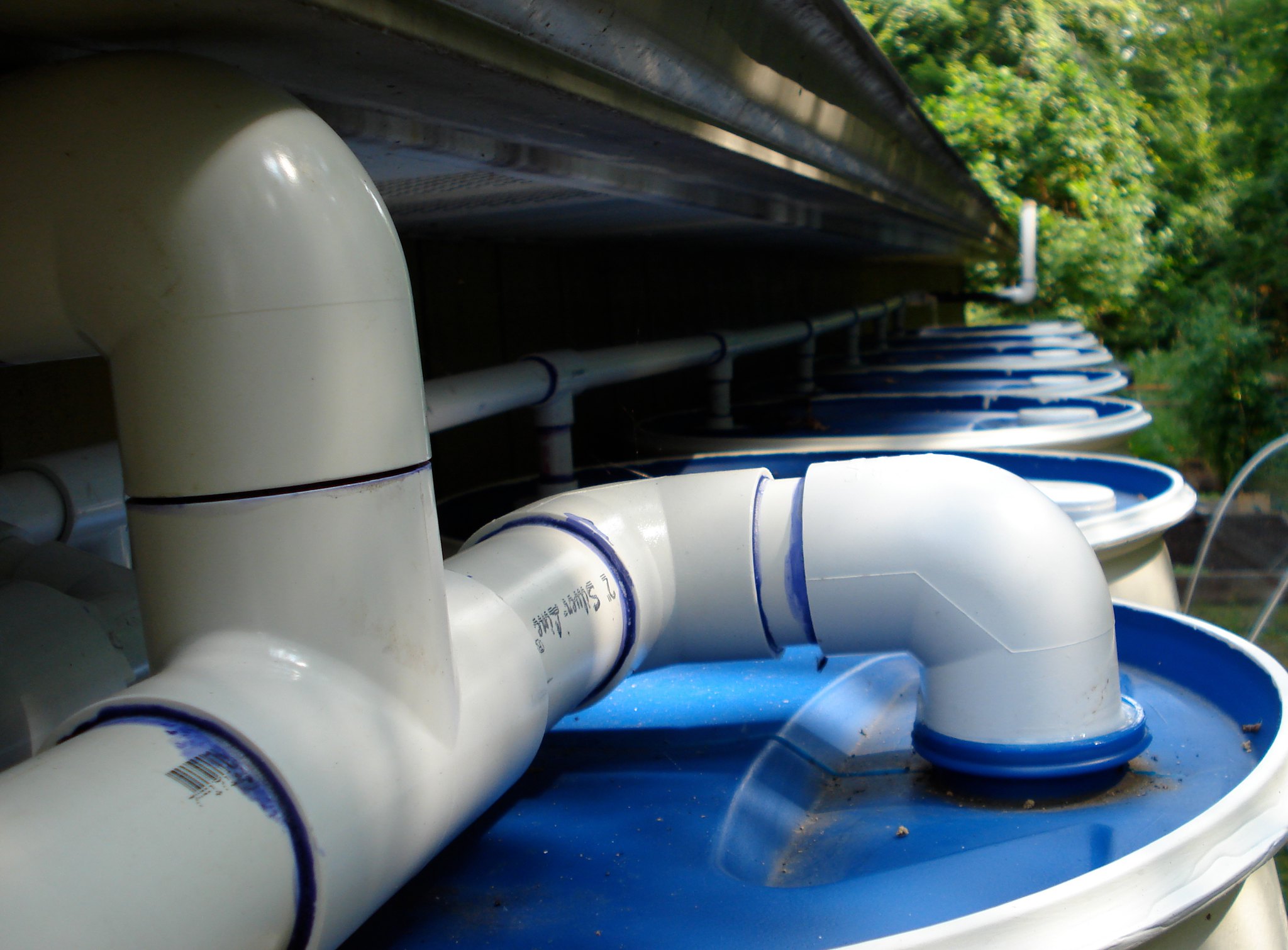By Peter Anderson
Extreme drought tests our assumptions about a predictable climate future, and now that the well is running dry, we must recognize the worth of water. With barely five years since our last major drought, it’s becoming apparent that these events now fall within our normal range of precipitation, and they should not serve as an excuse for extraordinary “emergency” measures that further deplete our highly stressed river ecosystems.
This is what we knew in 2015: January of that year was the driest in California’s history since record keeping began in 1895. Scientists Daniel Griffin and Kevin J. Anchukaitis analyzed tree ring samples from native blue oaks and reconstructed rainfall further back to the 13th century. Their report, “How unusual is the 2012–2014 California drought?” published in Geophysical Research Letters, concluded that that three year period had the highest temperatures and lowest rainfall levels in California’s history.
The Western region has been in some state of drought since 2000 — the longest stretch of dryness in the past 1,200 years in what many are calling a “megadrought”. And here we are in 2021, with no end in sight. As of August, 99 percent of the U.S. west of the Rockies is in drought, with 95 percent of California in severe, extreme, or exceptional drought, the worst category in the U.S. Drought Monitor’s system. Aquifers are being depleted. Our local creeks are drying up. Even drought-resistant native trees are succumbing to prolonged drought, putting our local forest ecosystems at risk.
Counties and cities across the Bay Area are mandating or highly encouraging citizens to reduce their water usage, with the Marin Municipal Water District passing regulations to reduce consumption by 40 percent. So what can we do to help?
One fifth of electrical output in California is consumed by pumping and processing water. By collecting rainwater, we can reduce our carbon footprint, conserve California’s water resources, and decrease our water bill.
While the CDC cautions against using rainwater for drinking, bathing, or cooking, it can be used for other household necessities such as watering gardens or washing clothes. If only 326 people collect 1,000 gallons of rainwater in their barrels or cisterns, that would leave 1 acre foot, or 326,000 gallons of water in our reservoirs. That amount of water could provide 60 gallons of clean drinking and bathing water to 5,433 people.
Various communities around the world are leading the effort towards implementing rainwater catchment. In Bermuda, every residence is required by law to have and maintain a cistern capable of storing enough rainwater to sustain a family of four for a year. The states of New South Wales and Victoria in Australia require all new construction to be plumbed for rainwater catchment and grey water recycling. As of 2017, 26 percent of the homes in Australia capture rainwater.
In the U.S., Tucson, AZ’s water utility offers generous rebates to its customers to subsidize the installation of rainwater catchment systems. Data confirms that residential rainwater harvesting has reduced the city’s overall potable water demands. Additionally, Tucson is the first city in the U.S. to say that all new commercial properties must be designed to use rainwater.
If you're interested in collecting rainwater, our partners for the Sierra Club Climate Solutions Challenge at BrightAction can walk you through how to get started at brightaction.app/action/catch-rain.
In these times of extreme drought and climate crisis, we must turn to new solutions modeled by cities across the world. Please consider collecting rainwater in your own home, and treat water as a precious resource that must be conserved.
Peter Anderson is a member of the Sierra Club Marin Group.
Photo credit: A rain barrel system by Susy Morris via Flickr Creative Commons (CC BY-NC 2.0).
